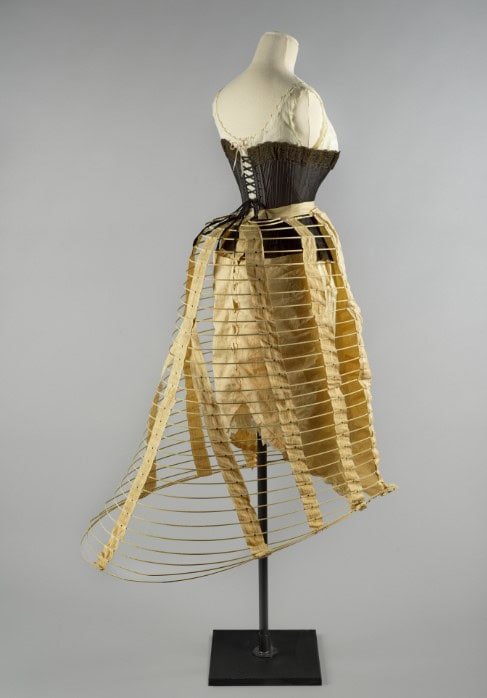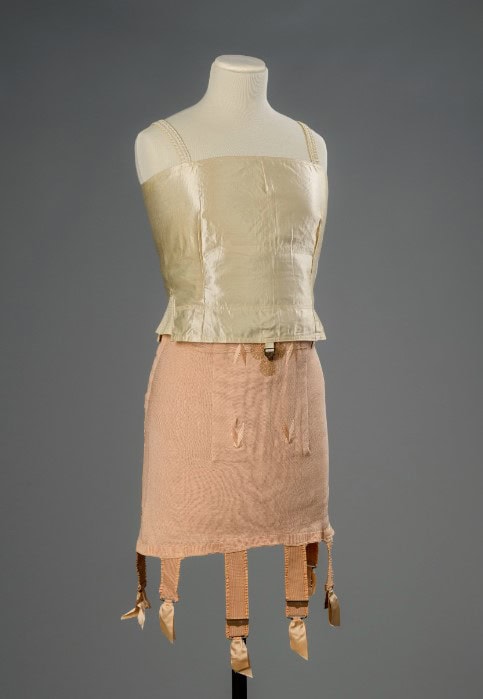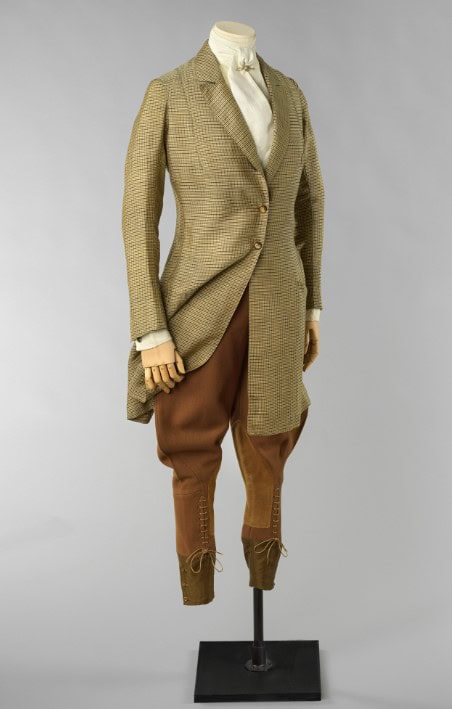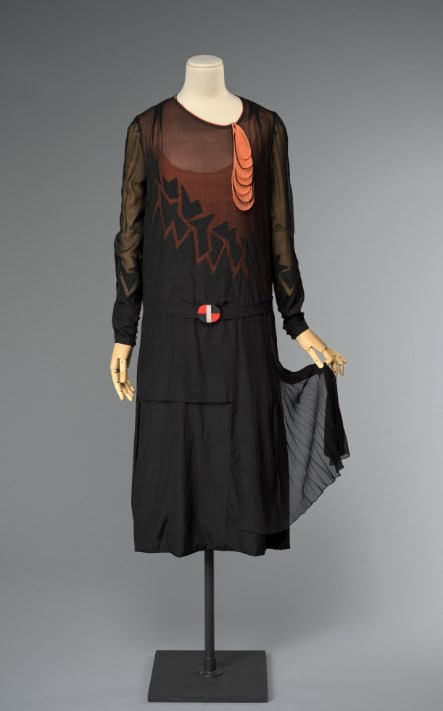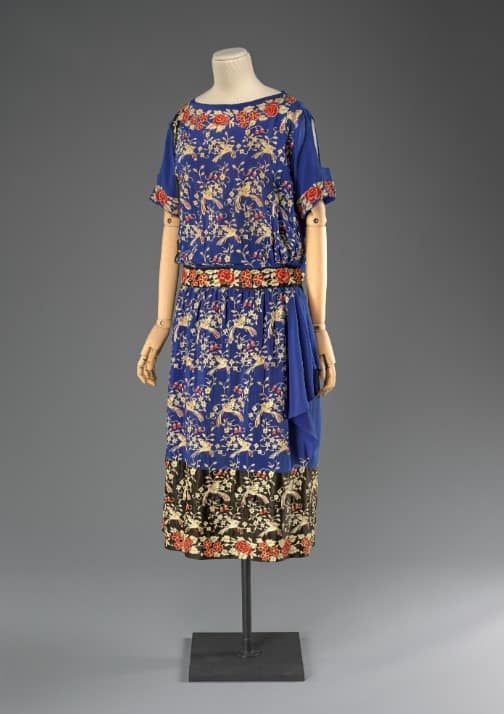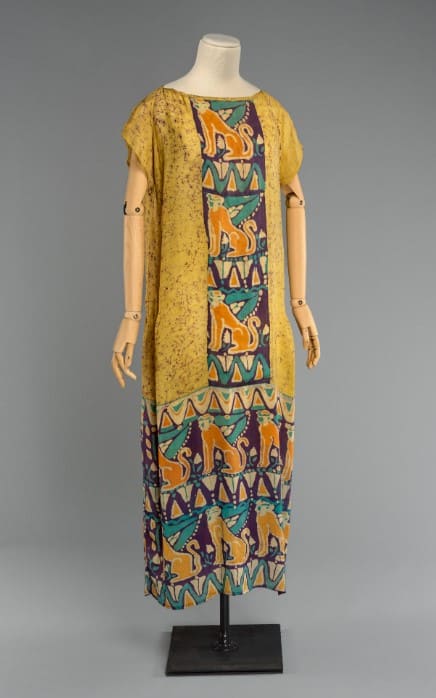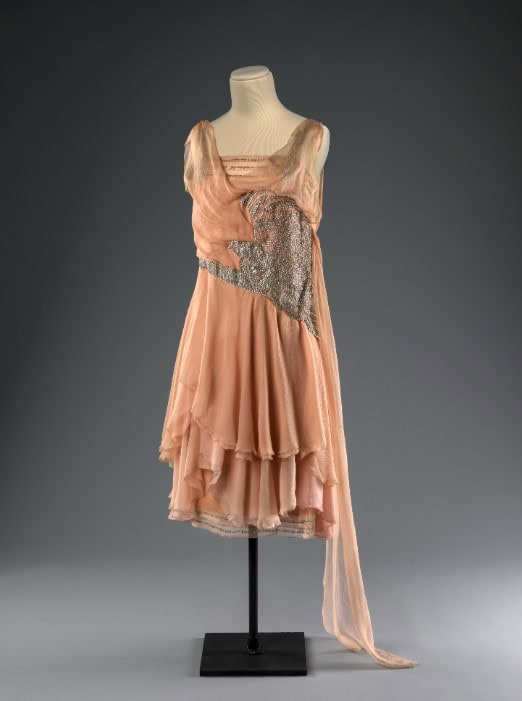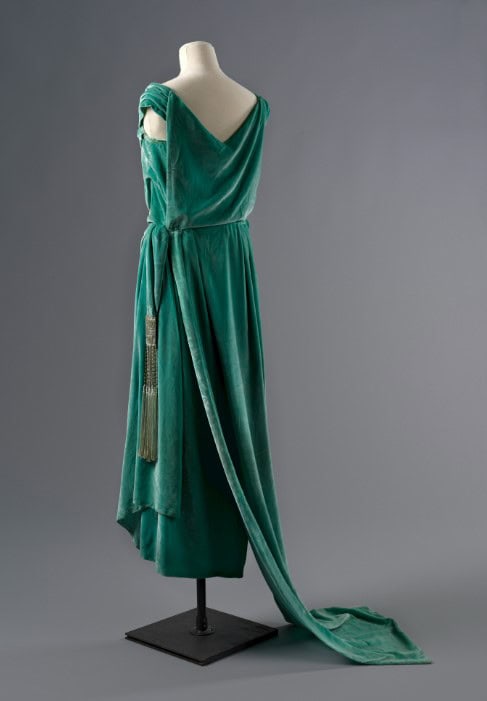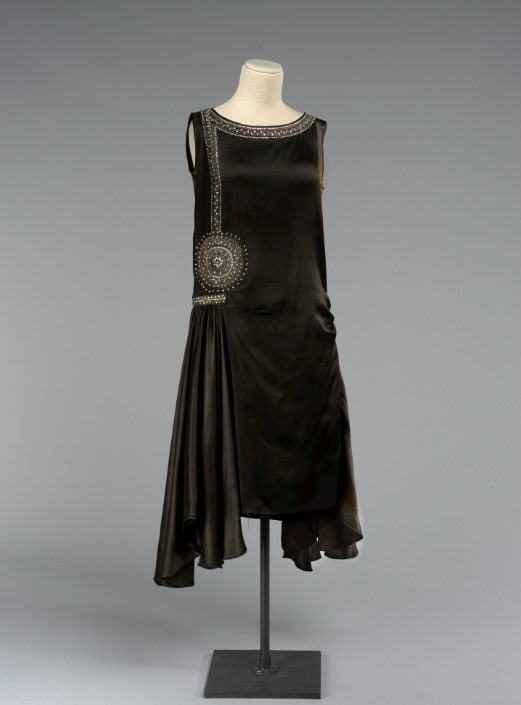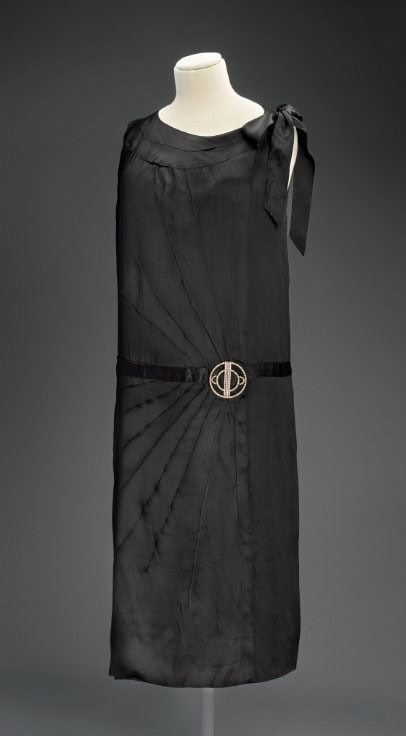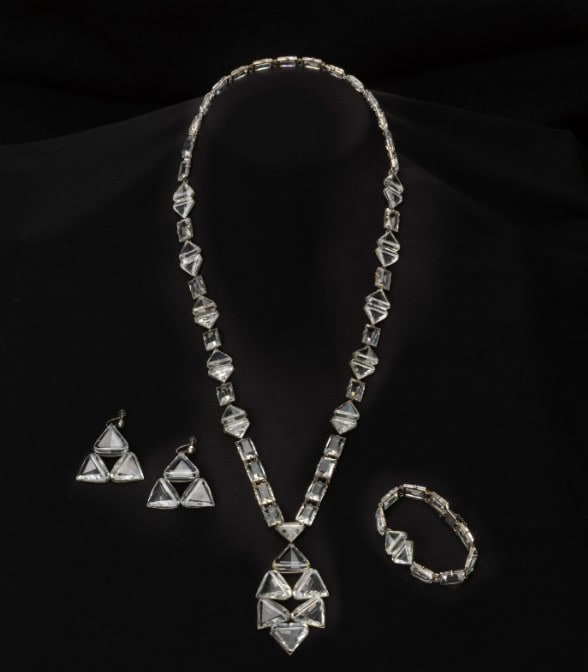Influencers: 1920s Fashion and The New Woman (2024)
Original 1920s influencers Irene Castle, Edna St. Vincent Millay, and Coco Chanel created freedom for women in their lifestyle and mode of dress. Explore the long history of influencers and how fashion innovations of the time often crossed racial, cultural, and global boundaries in this new exhibition. Objects on display are on special loan from the Cornell College of Human Ecology Fashion + Textile Collection, Edna St. Vincent Millay’s Steepletop, Lyndhurst Collections, and Private Lenders.
Influencers will highlight the 1920s as the moment following World War I in which women gained certain freedom in clothing and lifestyle. The 1920s marked a major turning point from the strictures of the Victorian era and was a precursor to major changes in women’s lifestyles and dress that still hold true today. The exhibition highlights the impact of three major influencers – Coco Chanel (the global leader in couture), Irene Castle (the American actress and creator of ready-to-wear outfits), and Edna St. Vincent Millay (the IT girl of the bohemian/artistic/intellectual lifestyle) – and display how these innovators often crossed racial, cultural, and global boundaries to create societal shifts that allowed women to claim more freedom and control of how they lived, dressed and presented themselves in society. This exhibition also examines the technical side of the 1920s female fashion revolution. Women were finally freed from the imprisonment of restrictive undergarments and elaborate gowns. They began to wear athletic outfits, enjoy the popularization of makeup, stay fresh with new perfumes and underarm deodorant, use women’s razors, and celebrate the invention of simple undergarments. The culminating impact of these innovations is still undeniable a century later.
The 2024 Lyndhurst Season is presented by ![]()
Influencers exhibition made possible with support from:
 | | The Coby Foundation, Ltd |
 |  |
The exhibition runs between May 25th, 2024 and September 23rd, 2024.
The 2024 special exhibition Influencers: 1920s Fashion and The New Woman will be on view in our gallery located at the Welcome Center. You can visit Influencers between 11 am and 4 pm on days we are open for tours Thursday- Monday in May & June; Thursday – Tuesday, July-September.
Entrance to the exhibition gallery is free with your ticket for any guided tour or grounds admission at Lyndhurst.
¡Las etiquetas en la exposición también están traducidas al español!
IRENE CASTLE AND SOPHISTICATED READY-TO-WEAR
Following the death of her husband and dancing partner, Vernon. during World War I, Irene Castle reinvented herself as a solo act and film star. Castle is photographed wearing a silver headdress in 1917 and the outfit in the exhibition recreates her style (see below). Castle became immensely famous and as a war widow had a wholesome yet daring persona — allowing her to be a major mainstream influencer. Castle was one of the most important fashion icons of the period and created a popular ready-to-wear line heavily promoted by the Hearst newspapers and in high-end fashion magazines like Vogue. Castle was also a trailblazer in many other ways and she and her husband only employed Black musicians in their dance band at a time when even in the North, this created difficulties. Castle’s silent films were made in Ithaca, New York, and Cornell University holds many pieces from her archive.
Many of the outfits relating to Irene Castle and Martha Van Rensselaer are part of the Cornell College of Human Ecology, Fashion + Textile Collection.
EDNA ST. VINCENT MILLAY
A Brief Biography
Poet Edna St. Vincent Millay (1892-1950) was the symbol of the free-spirited modern woman in the first decades of the twentieth century. The first woman to be awarded the Pulitzer Prize for Poetry, in 1923, throughout her lifetime she published more than a dozen volumes of poetry, five plays, an opera libretto, and a collection of essays under her pen name, Nancy Boyd. In her ground-breaking poetry, she married traditional forms with contemporary sentiments to express her belief in free love. She subverted conventional gender roles, writing exquisitely formed classical sonnets in which women pursued –and then often spurned–the lovers they desired. Reviewing Millay’s Pulitzer-winning “The Harp-Weaver,” editor of Poetry magazine Harriet Monroe noted that Millay might “perhaps be the greatest woman poet since Sappho.” Through her poetry, Edna St. Vincent Millay gave voice to a generation that sought personal freedom; her words still resonate today. Despite the fluctuating literary and cultural tastes of the past century, Millay’s poetry has had extraordinary staying power with readers, writers, and the general public across generations.
The Edna St. Vincent Millay Society is the current steward of Millay’s literary legacy and of Steepletop, the extensive property in Austerlitz, New York, where she lived from 1925 until she died in 1950.
COCO CHANEL, FRENCH COUTURE, AND THE FLAPPER STYLE
As a fashion designer, Chanel had a direct impact on the style of women’s clothes. However, Chanel was keenly aware that much of her power was as a lifestyle influencer who just happened to design clothes. As Chanel is supposed to have said famously, “They don’t want to buy Chanel, they want to be Chanel.” In 1926, Chanel designed the “little black dress” championing a simple elegance with models for daytime and cocktail hour, the latter an invention of the prohibition era. This simple black dress punctuated by a rhinestone clasp at the low waistline and a Japonesque rising sun ray pattern, was quintessentially Chanel. This is also an early example of the wrap dress, something usually associated with later designers of the 1970s. This dress has not been previously exhibited. The little black dress, Chanel No 5 perfume, and costume jewelry were all 1920s Chanel inventions. The firm did not start designing their signature spectator pumps and quilted handbags until the 1950s when Chanel was able to reopen her atelier after her collaboration with the Nazis during World War II was largely forgotten by the public.
